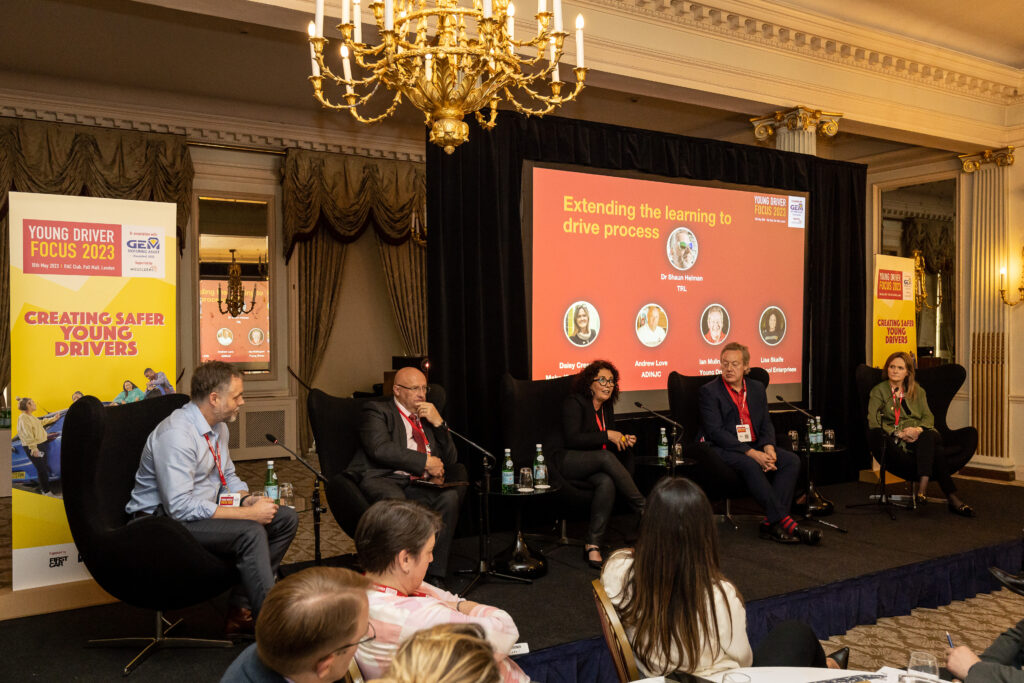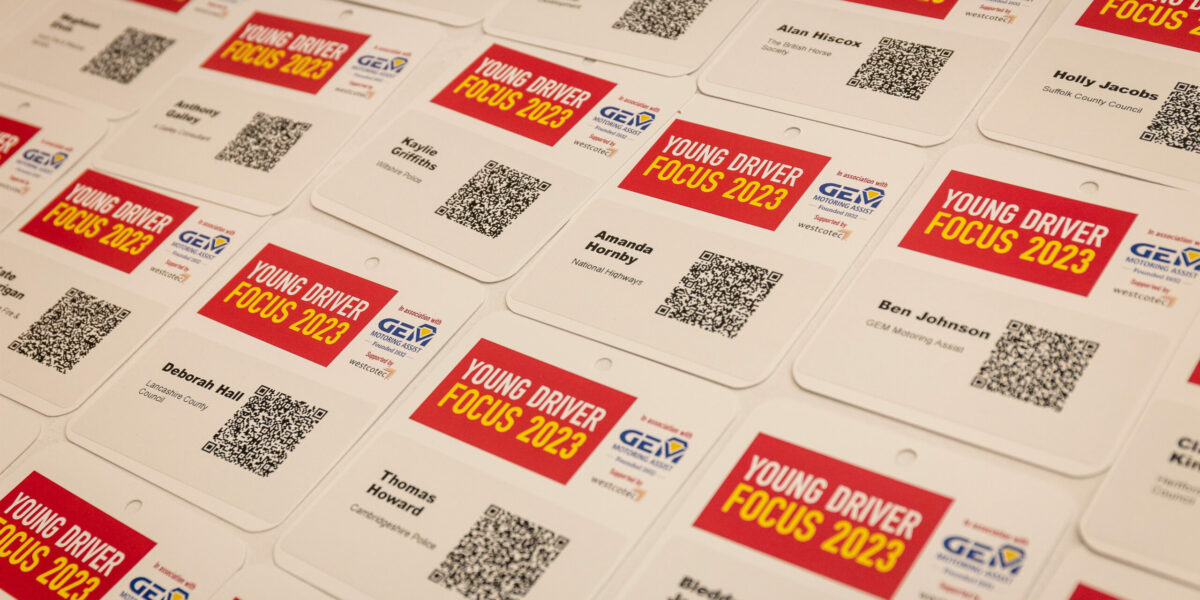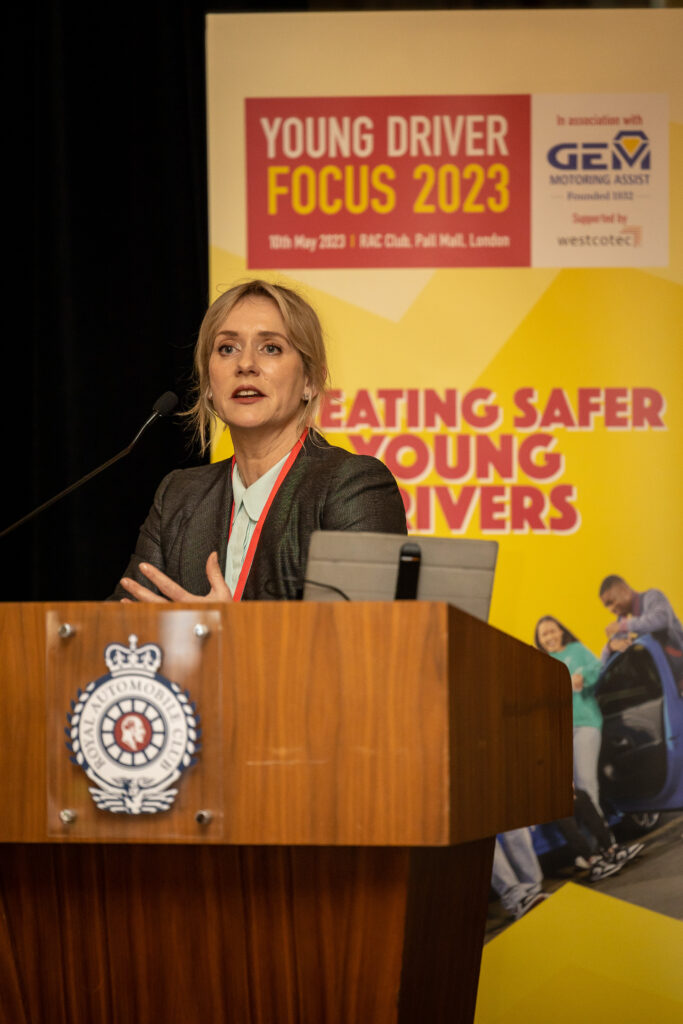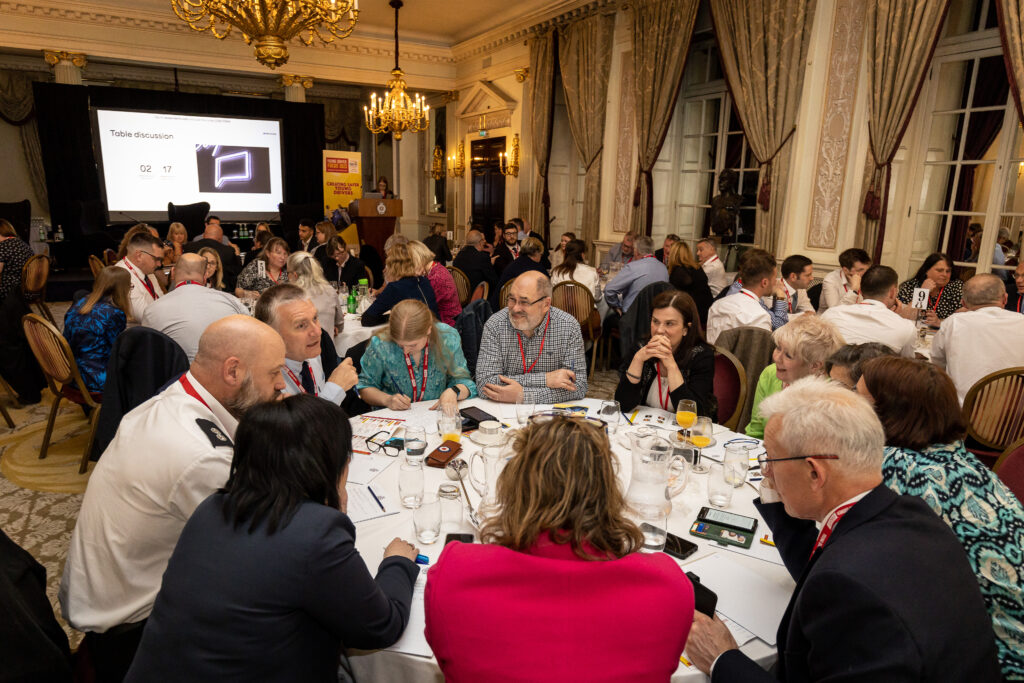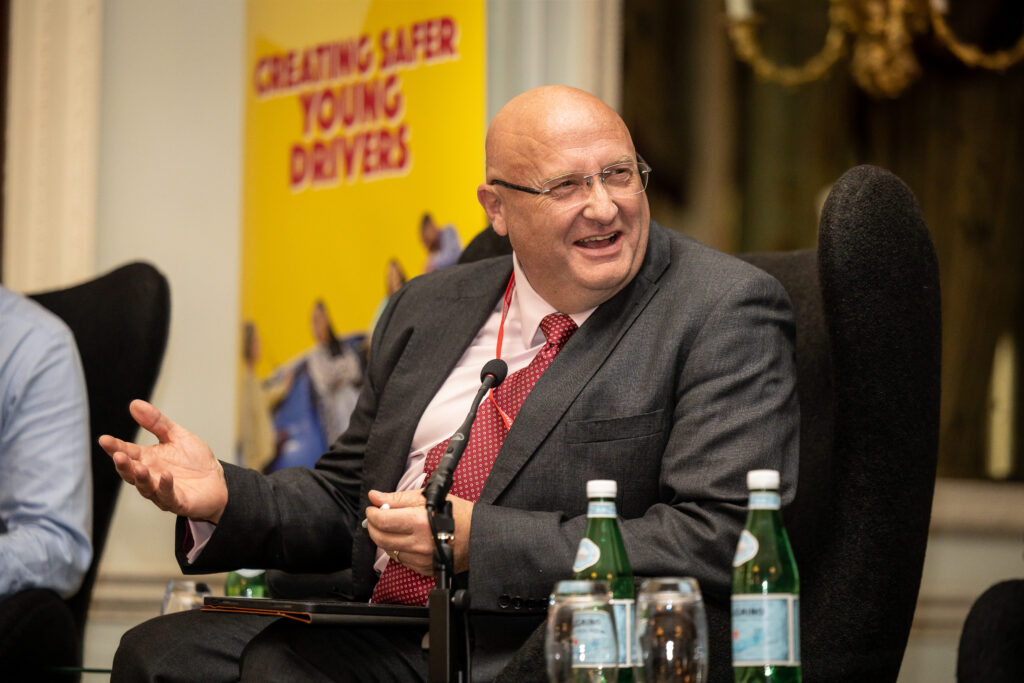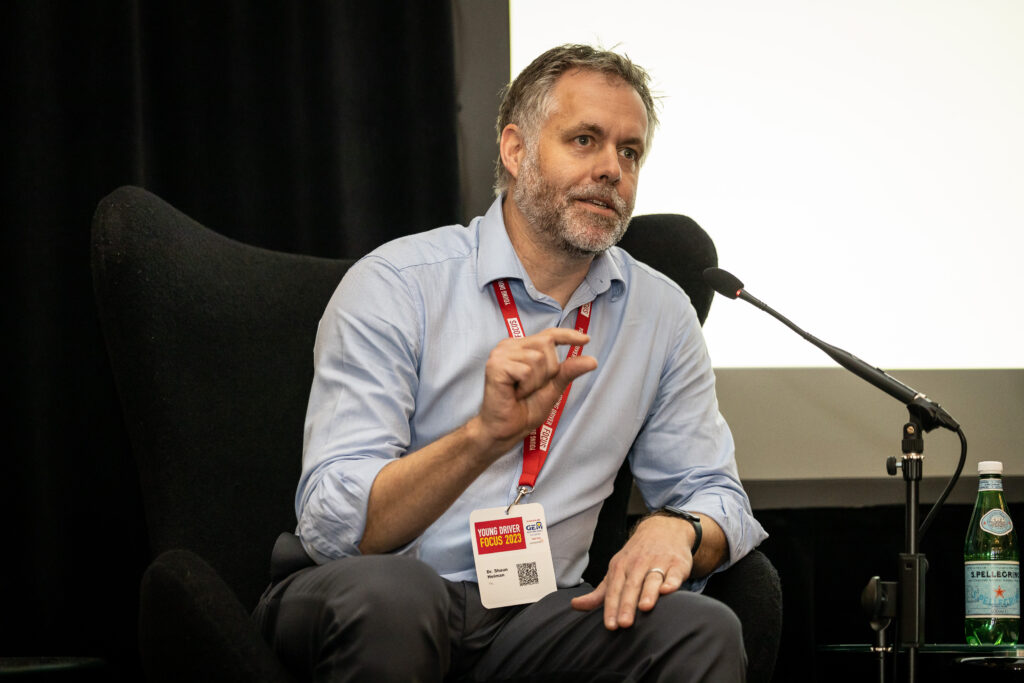Young Driver Focus
Annual conference accelerates our learning
Young Driver Focus, the annual conference discussing young drivers proves to be another great success.
From seatbelts and sleep, GDL to telematics, the event discussed the latest thinking, the research, the stats and the road ahead.
Set in the grandeur of The RAC Club, Pall Mall, London, it remains a capital event for understanding the issues and successes for the road safety of young drivers.

Big names, important conclusions
Sponsored by GEM Motoring assist and Westcotec, the event was organised by FirstCar, The RAC Foundation and Road Safety GB. It included presentations from the likes of Transport Research Lab, to SO-MO, Thatcham Research to Floow.
With such events, the information can often become a mind boggling blast of statistics and research conclusions. However, this time, it soon became clear that while the statistics and research can provide fascinating results, what we really need to is to understand them in specific relationship to the individuals out there on the roads. Blanket statements may be comforting for the general cause of preventing young driver carnage, but it is only by understanding their true relationship to the need that we can possibly achieve positive aims.
Road safety has come such a long way over the last two decades. In truth though, over the last ten years, this vehicle’s progress has stalled, and the casualty rates have plateaued. So how can we make more progress?
Belt up and listen
The first presentation by Nicola Was, CEO of SO-MO, looked at the issue of seatbelt wearing. This really has been a success and, as Edmund King, President of the AA later put it, the seatbelt is arguably the most important road safety intervention in history.
The stats show that since their legal requirement in 1983, only 6% of motorists now fail to wear one. The prevention of deaths and serious injuries over the decades have been remarkable. So why talk about it here?
Despite only 6% of motorists failing to belt up, those who don’t wear a seatbelt are represented in 30% of crash fatalities in 2021. Young people are becoming an increasing concern, especially back seat passengers.
Yes, young people are one of highest proportions of those failing to clunk click. Drill down further into the details of the stats, and young Asian men in the Midlands are over represented. It is this level of focus on the details of the stats that is now providing in-roads as to how we can build on the past successes and make sure we find ways to reach these potential victims.
Knowing the real target of our efforts means intervention can be made more relevant and effective.
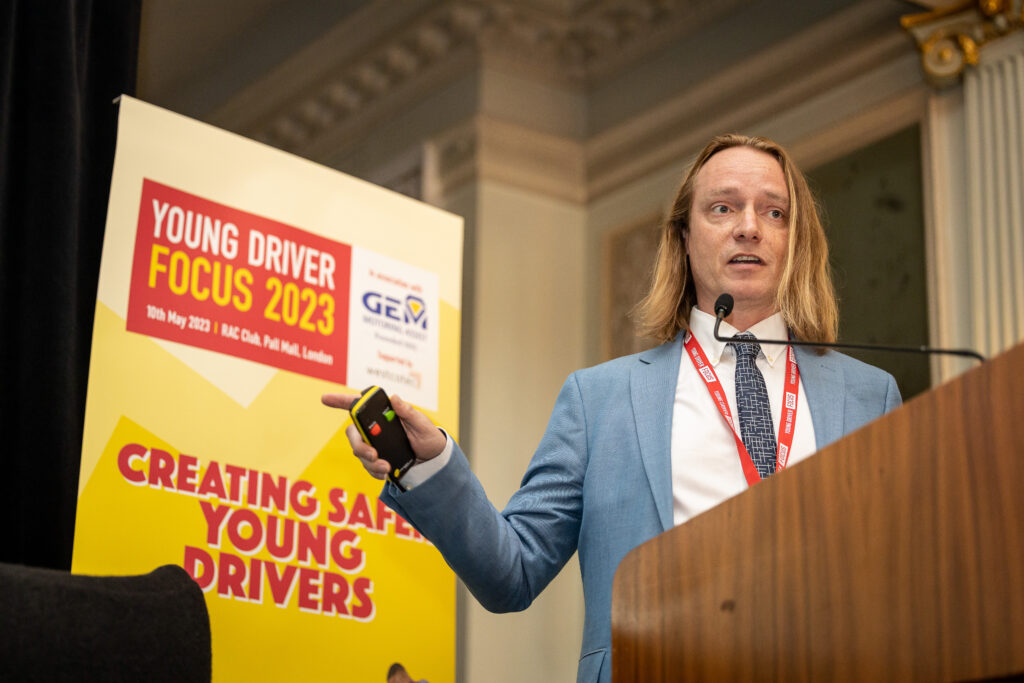
Boxing clever
Telematics Insurance, or Black Box technology, is a far more recent ingredient in the mix. It is now, through the work of Floow, that some of the general statistics are being evaluated.
While it undoubtedly lowers costs for young people, it is also helping them become safer drivers in those first, highly dangerous few years behind the wheel. This allows them to build up experience while under limited supervision, and even has positive environmental impacts.
The anonymous tracking of driving allows us to better understand where the problems of inexperienced drivers lie, why and how we can target better training. Rural roads are a particularly dominant issue for road safety and new drivers, according to Dr Sam Chapman, Co-founder of Floow.
First aid
Keeping on the hi-tech route, Tom Leggett is a Vehicle Technology specialist from Thatcham Research. He made the point that the creation of EuroNCAP in the 90s was a real sea change in vehicle safety, despite the best efforts of manufacturers to prevent it. Along with seatbelts, it is probably the next most important factor in reducing crash casualties.
As time has moved on, technology and safety have become the sales and marketing tools of the manufacturers. The competition has meant ever more clever design, build and driver aids. From ABS and airbags, to skid control and emergency breaking, the list is endless. On the road to self driving cars, the use of in-car tech is only going to increase, but it needs to be done with care and true understanding to avoid unintended consequences. What’s more, drivers need to understand and be trained to use the tech effectively.
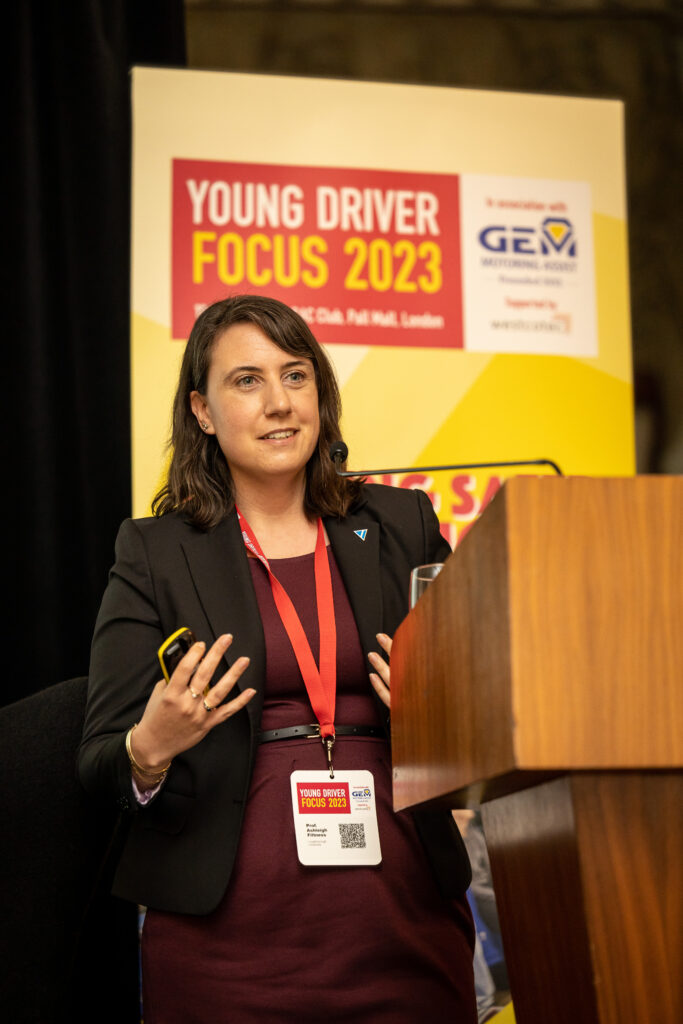
Wake up
Taking it back to basics, getting enough sleep is essential for drivers. A tired driver behind the wheel can be a fatal combination for all road users. But do you understand the difference between sleepiness and fatigue?
Intense concentration can be tiring. Your eyesight and awareness can struggle, so taking a break, getting some fresh air and maybe a caffeine drink can be a life saving refresher. However, sleepiness is an organic reality that can only be relieved through sleep. Everything else is just a very short-term fix and to easily lulls potential victims into a false sense of security.
Professor Ashliegh Filtness from Loughborough University provided an essential perspective on the difference. Young people are particularly vulnerable. Their hormonal blast, their biological need for more sleep that other adults, and their late night high energy lifestyles can make them a real danger to themselves.
As driver trainers and parents, we need to help them understand the harsh reality of burning the candle a both ends and then getting behind the wheel. Tiredness and fatigue are involved in 15-30% of all crashes. A 2 second micro-sleep at 70 mph covers a distance of 62 metres. We need to help stop people driving when tired.
Degrees of effectiveness
All of these factors and more could probably benefit from an extended learning period or Graduated Driver Licensing.
Dr Shaun Helman, Chief Scientist at TRL is a well known figure when it comes to road safety and conferences. From when he started discussing these issues over twenty years ago, the facts have not changed. Young people and new drivers are particularly highly represented in crashes, and the statistics around this fact have not really changed.
These show that there are four clear points that need addressing: a minimum learning period; minimum number of learning hours; novice drivers driving at night unsupervised; young novice drivers driving with peer group passengers.
The only way to make a real difference to the terrible statistics for young driver deaths on the roads is to find effective solutions to these four factors. Mandatory interventions are sometimes a necessary evil, and reducing some freedoms can increase freedoms as a whole.
All in the detail
The conference proved a celebration of all that we have achieved in road safety in recent decades. In order to keep improving road safety and keep it moving in the correct direction, we need to understand the details. Statistics and data is more readily available than ever before. However, we need to better understand the conclusions and effectively target our training, coaching and advice based on the facts. That may well include relevant mandatory interventions, as long as it can be shown that they really are an effective way to drive young driver road safety forward.
